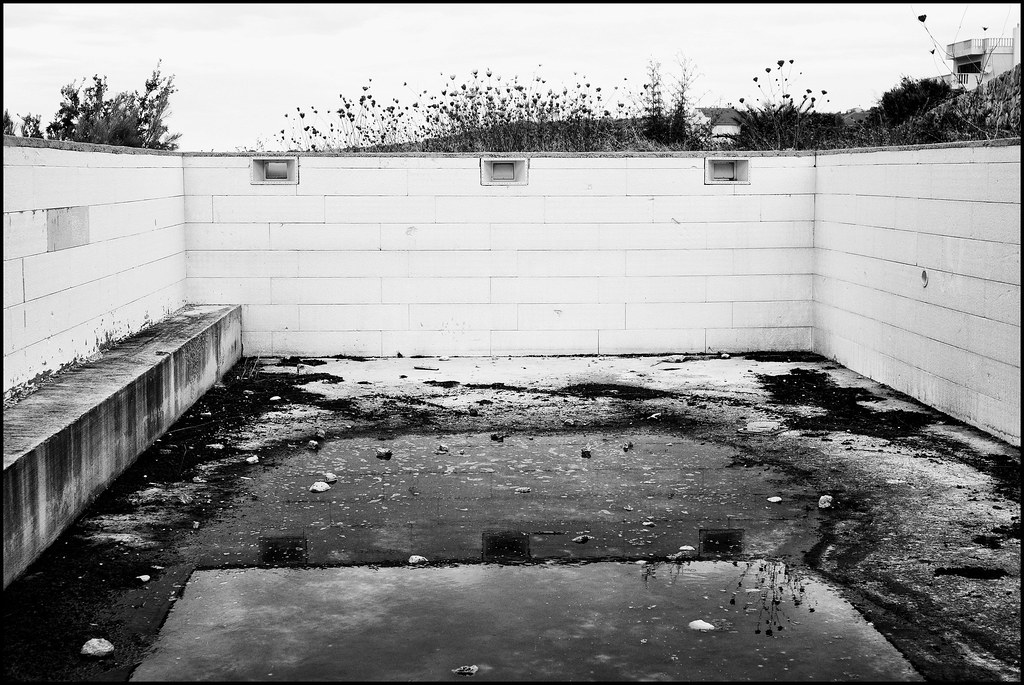jja
Well-known
Some great photos here! RE: b&w film shots: are you guys using a filter w/ this lens, or are you doing all your adjustments in Photoshop?
Some great photos here! RE: b&w film shots: are you guys using a filter w/ this lens, or are you doing all your adjustments in Photoshop?
Semi; Are you scanning or wet printing?
While I honestly think a properly made archival pigment print holds better values (b+w) than a Silver-Gel. Silver Gelatin prints are bringing 2 x $ than an equivalent size pigment print.
I too use Acros, in D76 1:1 currently.. I have some Xtol here, I may mix it up. Still using HP5 and Tri-X.. and FP4, but may drop the FP4 when my batch is exhausted and move to Acros for my most used film.
No filters here. I have a set of colored filters for BW work that I have literally never opened.
The f/2.0 is lower contrast and maybe a bit less sharp at f/2.8.
I found the 35/1.2 to be as sharp as the Biogon-C at 2.8 with much much less vignetting.
Were these excellent images produced with a digtal or film camera? If film, can you share the film, the EI and the developer? Thanks!
Were these excellent images produced with a digtal or film camera? If film, can you share the film, the EI and the developer? Thanks!
I'm not the poster but some images above that post by the same photographer (on the same page) were done with an M8 and digitally developed in silver efex pro. Perhaps the OP will answer but it's my guess these were done the same way..



Recently got my copy of this lens here on rff (thanks Don Hutton). Here is a sample image from a recent trip to Big Bend National Park. I tried shooting in all kinds of adverse lighting conditions to see how this lens would respond. In the photo below, I can't remember if by this time I had gotten rid of the filter, but I'm fairly certain it was shot only with the dedicated hood. Notice the lower right corner--the figure looks distorted, but I think it might just be the tilt of the head.
Arista Premium (Tri-x) @ 400, D-76:
Just put up 5 rolls of shots done with the C Biogon 35f2.8 and a Summaron 35f2.8 on our Flickr (Films #F646-F650). They were all shot at f2.8, using a Zeiss ZM and a M6TTL (swapped lenses between the bodies just to eliminate differences).
Conclusion: both lenses are really good at f2.8 - the Summaron 35f2.8 is slightly "flatter" in contrast - but let's face it - it is close to 50 years old and coating technology has advanced. The C Biogon 35f2.8 is a gem of a lens. Contrast is a bit higher than the rest of the ZM line - but not so excessive as to "burn" out highlights.
The Summaron is a bit smaller, uses 39mm filter and has a very clumsy aperture ring if you use a hood on it (too close to the ring). It also has the "infernal" infinity lock!
The C Biogon is easier to operate with the hood, filtersize is inconvinient (particularly for someone who has a box full of 39mm filters!).
Of the two lenses, I find that I gravitate to the C Biogon more often than the Summaron. It has a "smoothness" to the image that the Summaron lacks. Both lenses are spectacularly good at close focus - rivals the 50f1.4 Asph in that aspect.

